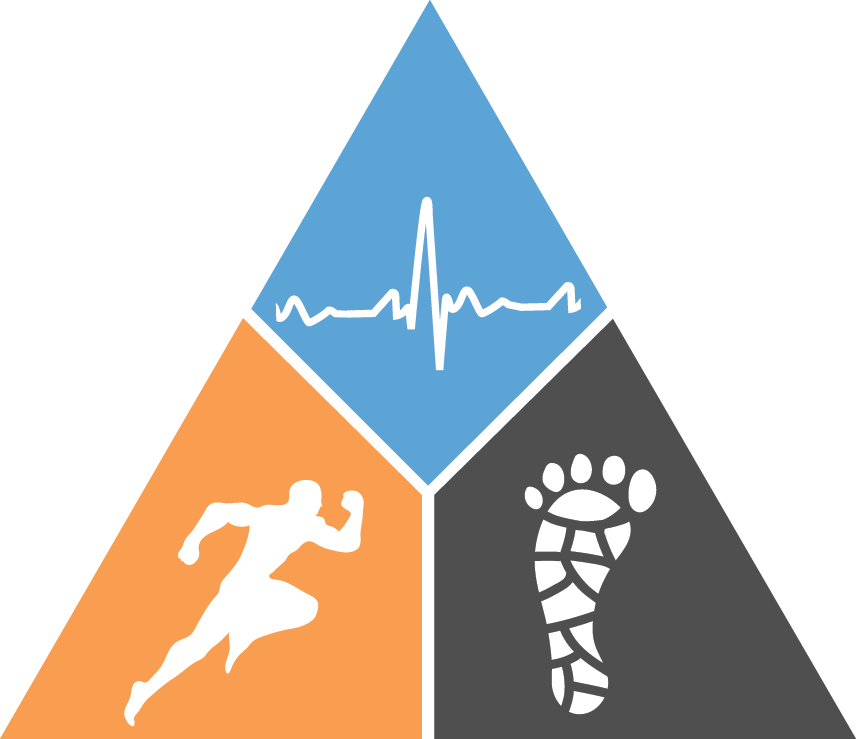Flat Feet
Flat Feet Treatment
Having
flat feet is common and usually doesn't require treatment if you're not feeling any pain. However, if you are experiencing discomfort, wearing
custom orthotics and insoles for flat feet
can help relieve the pressure on the arch and reduce any discomfort.
Foot Inserts for Flat Feet
Flat feet is a common foot issue that affects many people around the world. People with flat feet often have trouble with their balance and mobility, as well as keeping their feet straight while walking, playing sports, or doing daily tasks. While genetics can play a role in flat feet, wearing poorly fitting shoes or foot injuries can also contribute to the problem. Thankfully, there are methods available to help with fallen arches or flat feet. Introducing orthotics, a reliable solution to improve functionality and performance for those dealing with flat feet.
If you're looking to enhance your mobility, orthotics could be the answer you've been searching for. At Pinnacle Podiatry, we have a range of
flat feet insoles that support the natural pronation of the foot, helping to reduce the strain on the arches and alleviate any pain caused by excessive force. Book an appointment with us online and we will work with you to produce custom orthotics. Your feet are in good hands at Pinnacle Podiatry!
Types of Flat Feet
There are two types of flat foot conditions.
First, there's the
flexible flat foot, which is more common in children. With this condition, the arch of the foot disappears when the child stands, but reappears when they sit or are up on their tiptoes.
Then there's a
rigid flat foot, which is when a person doesn't have an arch no matter if they're standing or sitting. This type can affect both kids and adults.
Flat Feet Exercises
Want to improve your flat feet or prevent them from getting worse? Doing foot exercises for just 8 weeks can make a big difference in how you walk and the alignment of your feet!
Try these exercises:
Heel Cord Stretching
- Stand in front of a wall and put one hand on it at eye level.
- Step one foot back and plant the heel firmly on the ground.
- Bend the knee of the front leg until you feel a stretch in the back leg.
- Hold it for 30 seconds, then take a 30-second break.
- Repeat this 9 more times, but make sure to keep your back straight.
- Do this exercise twice a day.
Golf Ball Roll
- Sit in a chair with your feet flat on the floor.
- Put a golf ball under your foot and roll it back and forth under the arch for about 2 minutes.
- This helps stretch the ligaments in your foot.
FAQS
Here are answers to some common questions about flat feet.
-
How to fix flat feet?
Having flatfeet doesn't necessarily mean you'll be in pain. If you're not experiencing any discomfort, there's no need for treatment. But if flatfeet is causing you pain and holding you back from doing the things you love, it might be a good idea to contact our expert podiatrists at Pinnacle Podiatry.
-
What is flat feet?
Do you have flatfeet? It's a common condition where the arches of your feet flatten when you put pressure on them. When you stand up, your feet point outward and the soles touch the floor.
-
What causes flat feet?
It's common for infants and toddlers to have flatfeet since their foot arches haven't fully developed yet. While most people's arches develop as they grow, some might never develop arches at all, and that's okay! Having flatfeet may or may not cause any issues.
Sometimes children might have what's known as flexible flatfeet, where the arch is visible when they're sitting or on their tiptoes but disappears when they stand. Luckily, most kids with flexible flatfeet eventually outgrow it without any problems.
Even adults who didn't have flatfeet as kids can develop the condition. Arches can suddenly collapse due to an injury or gradually over time from wear and tear. This can weaken or tear the tendon that supports the arch, leading to more severe issues like arthritis in the foot.
-
How do you know if you have flat feet?
Do you know anyone with flat feet? It's pretty common and can happen when someone doesn't have a visible arch in their foot. Fun fact: all babies are born with flat feet! As we grow, our arches usually form during childhood. But if they don't, or if they collapse later in life (also known as fallen arches), it can cause some discomfort and make walking a bit more challenging. The good news is that there are treatments like orthotics and stretching exercises that can help improve the situation. If you or someone you know is dealing with flat feet, there are options to make things easier.
-
What problems can flat foot cause?
Most individuals with flatfeet usually don't have any symptoms? However, for some people with flatfeet, they may experience foot pain, specifically in the heel or arch region. This pain can get worse with physical activity, and there may be swelling inside the ankle.

